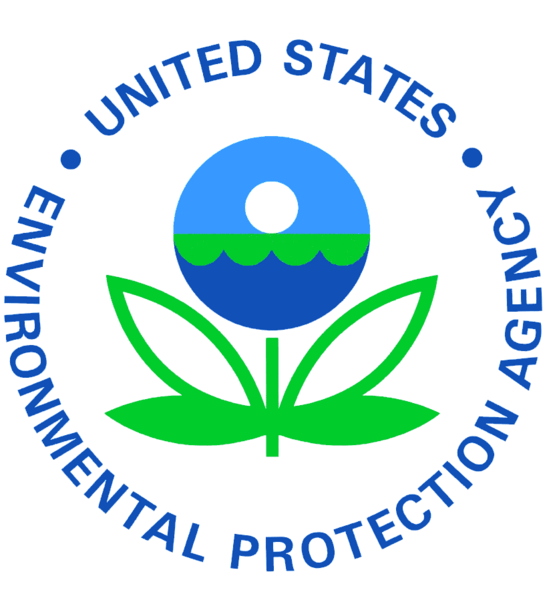
Water Quality Standards
In 1972 the Clean Water act set a focus on water quality in the United States. The various laws and revisions about water quality help eliminate toxins, make the water we use healthy based on many sanitation standards the water must meet. States also must specify what the water is used for. Recreational water does not have as strict standards it must meet as drinking water does. The EPA has many standards and tests for both of these types of water in the U.S. They have "Maximum Containment Levels" and non-cancerous benchmarks that must be met and are set at a level that is not harmful to be exposed to for an entire lifetime. For recreational water in particular, they test and remove toxins that are harmful when ingested in mucus membranes or irritating to the skin. YouTube Video


Subscribe to:
Posts (Atom)
Give an example of a drinking water standard and a water for recreational use standard.
ReplyDeleteHow does the Environmental Protection Agency test and remove these toxins from recreational water in order to reduce harm when exposed?
ReplyDeleteWhy does recreational water (which I am assuming is water for things such as swimming pools?) have less strict standards than drinking water, when both can easily be swallowed and lead to illness?
ReplyDeleteWhere and who do states specify what water is used for?
ReplyDeleteWhat caused the clean water act in 1972?
ReplyDeleteThis comment has been removed by the author.
ReplyDeleteWhat is the "Maximum Containment Levels?" How do they remove the toxins?
ReplyDeleteHow do water quality standards vary from country to country?
ReplyDelete